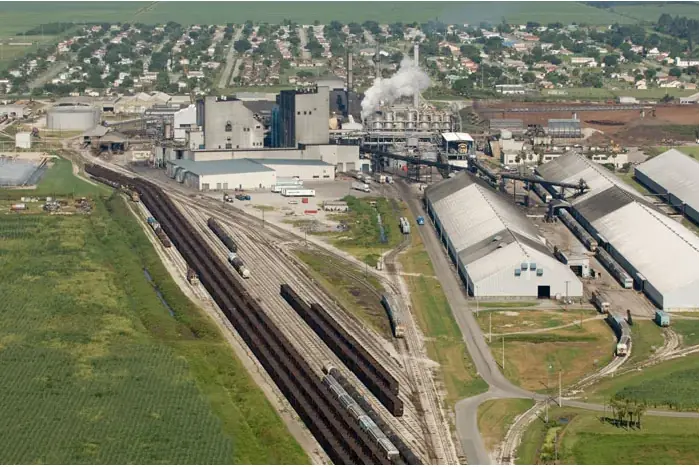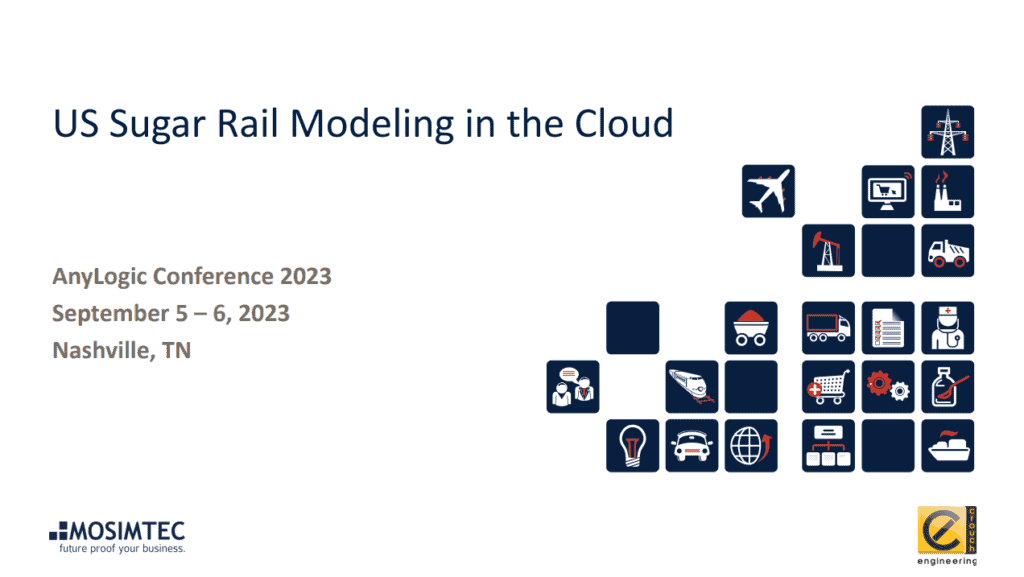This simulation model represents an aerial drone network of ‘unmanned aerial vehicles’ or UAVs, their charging or delivery stations, and segments on which they might travel. This type of model allows us to implement a virtual system with user-defined input parameters to investigate specific scenarios and how they affect the utilization and the efficiency of the objects in the system.
Drone Simulation Benefits
Graphical and numerical results can be used to aid the decision maker on how the network might perform based on a change of input data. Different methods, including optimization, can be integrated into the model to determine their effects on the network without testing these methods in real-life.
A model of this type can answer questions such as:
- How will charging time affect utilization and arrival time at each destination?
- Will improving or adding drones and/or stations be cost-effective?
- How will first-response departures affect the system amongst regular subscription services?
- How will weather and daylight hours affect the network?
- How will scheduled or unscheduled maintenance planning affect the network?
User Interface
First, let’s take a look at a sample user interface. The user can easily configure and run the model from Excel by changing any input parameters.
Drone Demonstration Model
This demo model was built using the AnyLogic software. UAVs and their stations were inserted into a comprehensive map where velocity, distance, and other significant constraints are realized accurately. Toggles can be added to a model so that the user can see how parameter changes affect the overall performance during runtime.
The model can use variability to simulate a first-response deployment amongst regular subscription services. Thus, the decision-maker can configure the system so that the amount of time it takes to reach an integrity event can be within a certain threshold.
Any UAV or station can be selected from the main model and the user can see their statistics. For an individual drone, the user could look at statistics such as moving percentage, idle percentage, charging percentage, etc.
This data, among other relevant statistics, can be seen during the model runtime and can be exported to the user in the same Excel user interface previously shown.
Integrations with Tableau can be used to access the data outputs using a browser.
Drone Simulation Overview
Optimization tools can also be integrated with a simulation model. For example, charging sequences and times can be varied in order to maximize overall UAV utilization.
The benefit to having a model of this network is to explore multiple scenarios to encounter problems in the virtual system so that they can be avoided in the real world.
Contact MOSIMTEC to learn more about developing UAV / Drone modeling for your business.
MOSIMTEC’s core focus is assisting clients make better decisions through the application of decision support tools. Our team has extensive experience working with leading computer simulation software and solving complex issues for clients across various industries.
Other Case Studies
- All
- ALConference23
- Anylogic
- AnyLogic Conference 2023
- Financial Models
- Financial Risk Modeling
- Logistics
- Manufacturing
- Monte Carlo
- Monte Carlo Simulation
- Mortgage default modeling
- Rail
- Rail Model
- Railway
- Risk Management
- Simulation
- Software
- US Sugar


